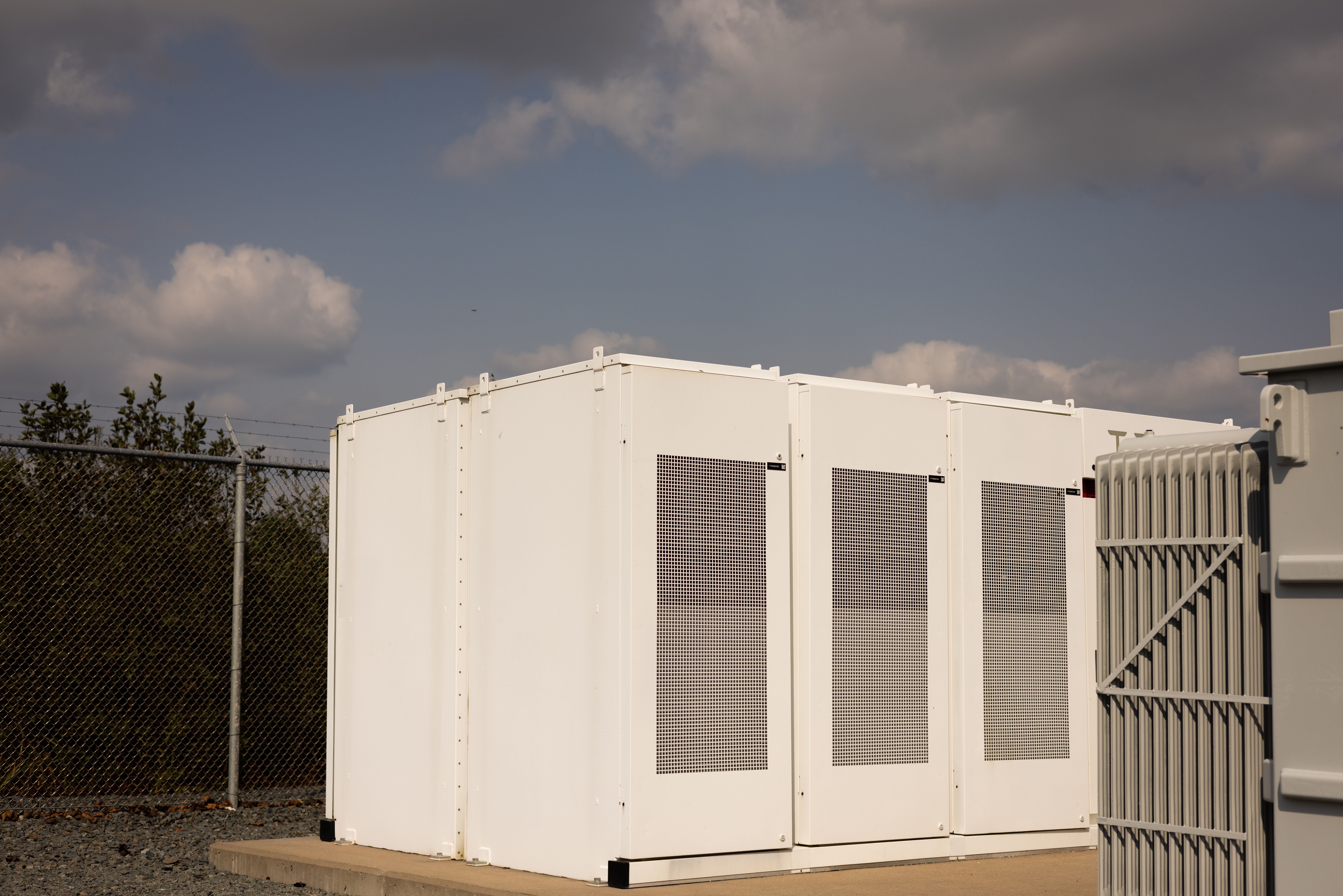The future of transportation: how electric vehicles help build greener communities and a smarter grid
We spend a lot of time in our vehicles here in Nova Scotia. With most cars in the region running on gasoline, our emissions can add up. About 32 per cent of our greenhouse gas emissions come from transportation.
The good news is, while we’re spending more time behind the wheel, cleaner, electric powered transportation is on the rise in Canada. This includes electric vehicles, public transportation like buses and light rail, and even off-road vehicles like boats and lift trucks.
Electric vehicles have the potential to play an important role in reducing our greenhouse gas emissions. But the impact for our communities—and even our electrical system as a whole—doesn’t stop there.
We spoke with Sanjeev Pushkarna, Program Manager for Smart Grid Nova Scotia, about the shift to electric transportation, and how smart technology like electric vehicle chargers can help us evolve our grid and grow our use of clean energy.
The impact of electric
“The shift to electric vehicles is a trend we’re seeing across the world. By making the switch, individuals and organizations can immediately reduce their carbon footprint from driving by up to 50 per cent—and even more in the future as we grow our use of renewable energy. When you choose to drive electric, you’re plugging into a grid that’s getting greener over time.”
Sanjeev cites availability as another reason we’re seeing this transition towards electric vehicles—it’s driven by demand. With more and more consumers looking to reduce their emissions, the auto industry is evolving, too. In 2019, auto manufacturers pledged to spend $225 billion developing new electric vehicles.
“The economics of electric vehicles make a lot of sense”, Sanjeev explains. “Both from an operating perspective—driving electric is much cheaper than gas because of how efficient these vehicles are—and because there’s very little maintenance involved. We’re seeing cities across Canada get behind this transition by creating more charging infrastructure, and by supporting others who are planning to do the same. There are funding opportunities offered by cities, provinces, and the federal government to support electric vehicle adoption. In Halifax, as bus ridership grows, the city’s plan is to shift to a 50 per cent electric fleet. It’s an exciting time.”
Managing the transition
As we grow electric transportation, it’s important to understand how additional charging will impact peak demand—the time of day Nova Scotians are using the most energy.
“More Nova Scotians using electricity at peak times may eventually require additional generation resources to meet that demand”, says Sanjeev. “And with a significant portion of our clean energy generation coming from intermittent sources like wind, it means renewable generation doesn’t always line up with customer demand. That could result in a need to generate more electricity from fossil fuels to balance the load— which is something we want to avoid.”
As electricity providers around the world work to grow renewable energy generation, our electrical grids are evolving to accommodate this shift, using new smart grid technologies like smart EV chargers. This can not only help us use more renewable energy, but can also provide more flexibility when it comes to load management.
“While traditionally, we’ve made and delivered electricity in real-time to meet customer demand, resources like batteries and smart EV chargers provide more control over when energy is generated and used. By involving our customers in producing or storing electricity in their homes, we can mitigate some of the challenges involved with an increase in peak demand.”
Investing in our future
One example of this approach is the new Smart Grid Nova Scotia pilot. The project aims to better understand the value of smart grid technology both for customers and for the electrical system. For electric vehicle drivers, the program offers incentives for customers to install smart chargers in their homes. These network enabled chargers connect to our control centre, allowing for collaboration with customers and flexibility around when charging takes place.
“A customer might want to come home from work, plug in their electric vehicle and leave it overnight so that it’s charged for the next day—and with a standard, non-networked charger, we would have no visibility or control over when that charging occurs”, Sanjeev notes. “The charging would start as soon as the EV is plugged in. But with our smart charger pilot, we can work with the customer so that charging takes place during off-peak times, when it can be most effectively served by the system. On the customer side, we ensure their car is charged for when they need it—we just have it start when there is less demand on our system.”
In addition to reducing peak demand, another important benefit of smart grid technology is the ability to help bring more clean energy to the grid. The Smart Grid Nova Scotia project will measure how EV chargers and batteries can contribute to renewable energy integration.
“If you have an electric vehicle charger installed as part of the Smart Grid program, we can be selective about when we charge—both in terms of peak demand, and by charging when we’re generating clean energy through wind or solar. Batteries also play a critical role in the pilot—allowing us to store renewable energy when it’s made to be used during periods the wind isn’t blowing, or the sun isn’t shinning.”
As we work towards our of goal of achieving 60 per cent of our electricity from renewable sources by 2022, the Smart Grid Nova Scotia pilot is another step forward in our clean energy journey.
To learn more about the impact of electric vehicles, visit nspower.ca/EV.
Share This Post:





